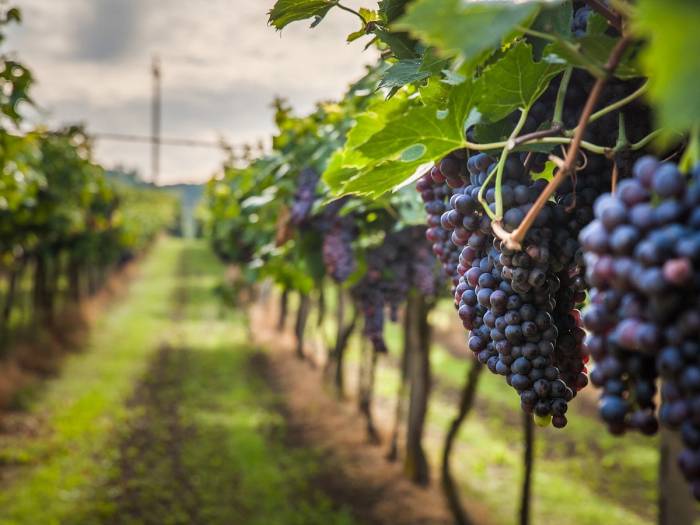Sonoma County wine marketing tax proposal paused amid industry division and leadership change
Debate over funding regional promotion reflects broader challenges as wine sales decline and competition intensifies across California
2025-08-25

Plans to create a Wine Business Improvement District in Sonoma County have been put on hold after months of debate among local vintners and grape growers. The proposal, which would have imposed a 1 percent tax on winery sales to fund marketing efforts for the region, faced significant pushback from both industry members and consumers. The Sonoma County Vintners, the organization leading the effort, confirmed the pause as they search for a new executive director following Michael Haney’s resignation, effective in September.
The idea behind the district was to generate dedicated funds for promoting Sonoma County wines and tourism, at a time when the wine industry is facing declining sales and increased competition. Similar Wine Business Improvement Districts (WIDs) have been established in other California regions, including Livermore Valley and Temecula since 2021. Lodi is also considering a WID with a proposed 1.5 percent tax on direct-to-consumer wine sales.
Supporters of the tax argue that coordinated marketing is necessary as the industry faces challenges such as oversupply and falling demand. Last year, more than one in six red grapes in Sonoma County reportedly went unharvested due to lack of buyers, and some vineyards in Lodi have been removed entirely. Brandi Lombardi, executive director of the Livermore Valley Wine Community, said their WID generated $550,000 last year—more than their previous entire marketing budget—and credited targeted marketing with a 200 percent increase in event ticket sales.
However, many local winemakers remain unconvinced. Adam Lee, a veteran Pinot Noir producer and vocal opponent of the Sonoma County WID, said there is little evidence that similar districts elsewhere have increased direct-to-consumer sales or visitor numbers. “They are increasing the amount of money the organization has to spend,” Lee said, “but they don’t have new ideas.” Some winery owners also worry about passing extra costs onto customers, fearing it could deter purchases or visits.
The debate highlights longstanding tensions between grape growers and wineries over how to share the costs and benefits of regional promotion. In Lodi, for example, grape growers have paid a marketing assessment for decades while wineries have not contributed directly until now. Stuart Spencer, director of the Lodi Wine Commission, said shifting some of the funding burden to wineries would create a more stable system as grape prices fall and grower contributions decline.
Nationally, wine sales have dropped by more than 10 percent since 2021. Rob McMillan of Silicon Valley Bank’s wine division has warned for years that the industry needs unified marketing efforts to reverse this trend. He compared resistance to the WID proposal to past failures to launch national campaigns like WineRAMP, which was abandoned in 2022 despite early support.
Some critics argue that consumers are unlikely to be deterred by small price increases resulting from a 1 percent tax on luxury goods like wine. But others say that even minor added costs can be significant for businesses already struggling with tight margins.
The uncertainty in Sonoma comes as other regional wine organizations face their own challenges. Last week, the Monterey County Vintners and Growers Association dissolved after losing support from larger wineries. The move leaves Monterey’s wines with less organized promotion at a time when visibility is crucial.
For now, Sonoma County’s plan remains paused rather than canceled outright. Both supporters and opponents are expected to use this time to refine their arguments and consider alternative approaches to supporting local wine businesses. The outcome may influence how other California wine regions address similar challenges in the future.
Founded in 2007, Vinetur® is a registered trademark of VGSC S.L. with a long history in the wine industry.
VGSC, S.L. with VAT number B70255591 is a spanish company legally registered in the Commercial Register of the city of Santiago de Compostela, with registration number: Bulletin 181, Reference 356049 in Volume 13, Page 107, Section 6, Sheet 45028, Entry 2.
Email: [email protected]
Headquarters and offices located in Vilagarcia de Arousa, Spain.